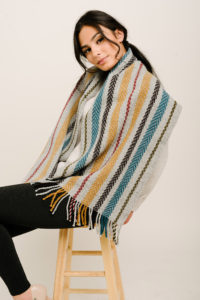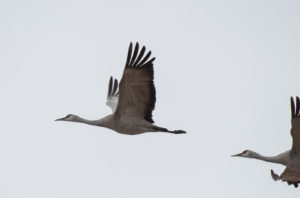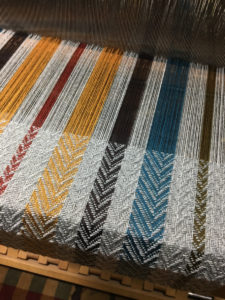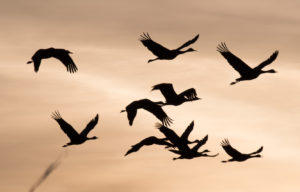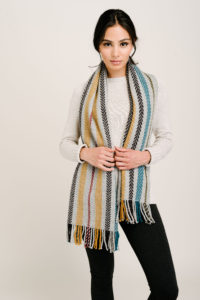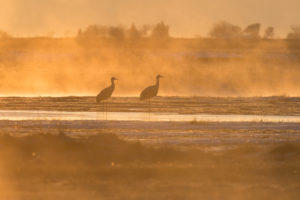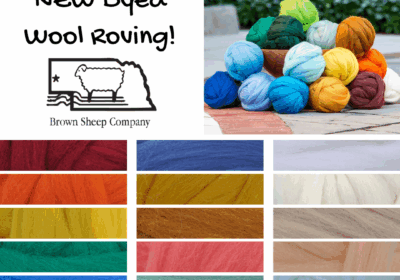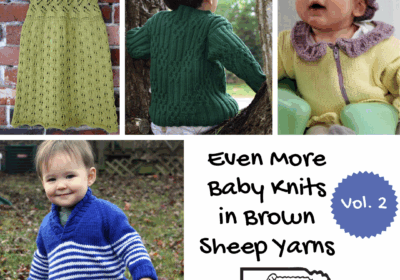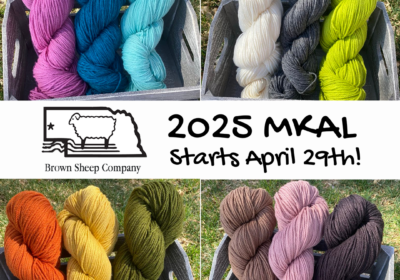A Nebraska Inspired Weaving Project
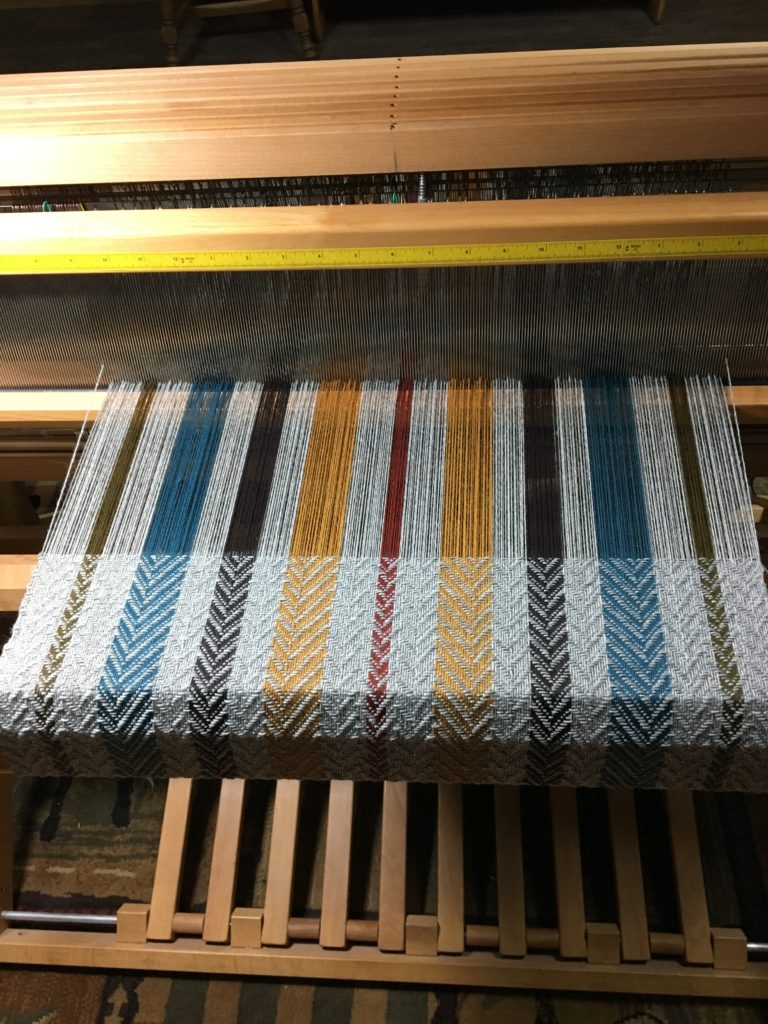
A Nebraska-Inspired Weaving Project
This month, I’m sharing about a weaving project that is near & dear to my heart. This project basically combines all my favorite things: weaving (just complicated enough to be interesting but simple enough to be enjoyable), nature, nature-inspired colors, and of course: wool yarn.
When Handwoven magazine asked if I would be interested in designing a project, I was unsure– I had never designed a weaving pattern in print before, although I had played around with creating my own designs. Plus, I had a 4 month old baby at the time. Now that baby Walter has transitioned into active toddler mode, I realize just how perfect the timing was–weaving was so easy with a baby who was not yet mobile!
The idea of designing something in print (at least, digital print) was exciting and seemed like a positive challenge. The publication is an eBook called Loom Theory: Eight Shaft Shawl Collection 2019.
For design inspiration, naturally I looked to the beauty surrounding me in Western Nebraska. One of the highlights of living in Nebraska is the magnificent Sandhill Crane migration that marks the beginning of spring around March. Watching hundreds of thousands of cranes descend into the Platte River valley is truly a breathtaking experience. In the weaving design, I wanted to capture the colors and motion of Sandhill cranes in flight.

I chose to work with Nature Spun in Fingering weight because I love the color palette of this yarn, and I thought wool would create the texture and natural feel that I was going for. Fingering weight works great for a lightweight shawl that’s comfortable to wear, and is thin enough to make an intricate looking pattern. The color palette in the shawl reflects the birds’ feathers along with hues found in the sky and landscape–sandbars, meadows, and fields of cornstalks.
If you’ve watched Sandhill cranes in flight, you are familiar with their V-shaped formations that trail across the sky, as far as the eye can see. The “V”s of birds are often asymmetrical and various sizes, making it fascinating to watch as they trail across the sky. The woven pattern is meant to reflect this variation — look carefully, and you’ll notice the herringbone “V”s have different sizes, shapes and symmetry.
The pattern requires an 8-harness loom, but is simple and straightforward – much less intimidating than many 8-harness patterns. Once your loom is warped, the treadling is as simple as 8-7-6-5-4-3-2-1! This one would work great for someone wanting to make the jump from 4-shaft to 8-shaft weaving.
The finished shawl is big, warm and cozy. I love the way the twisted fringe shows off the wonderful springiness of the yarn.
Be sure to check out the entire collection of patterns in Loom Theory– they are all beautiful and unique! I feel honored to be part of the lineup.
Perhaps I’ve inspired someone to visit Nebraska someday – even if it was at the bottom of your list! Not only do we make beautiful yarn in Nebraska, we’re home to some amazing natural wonders.
Like this post? Pin it!

